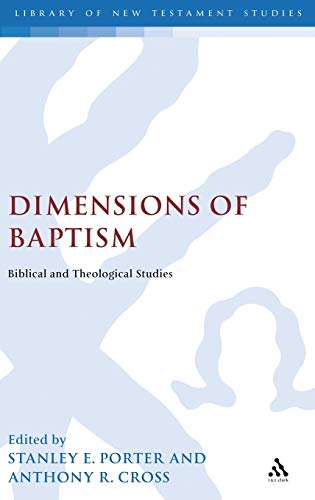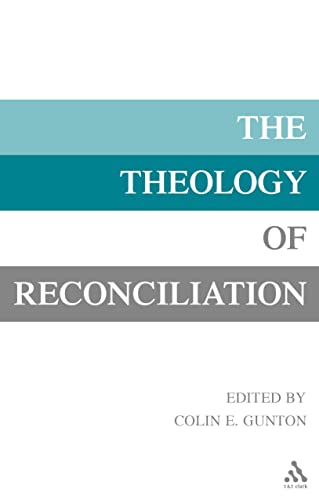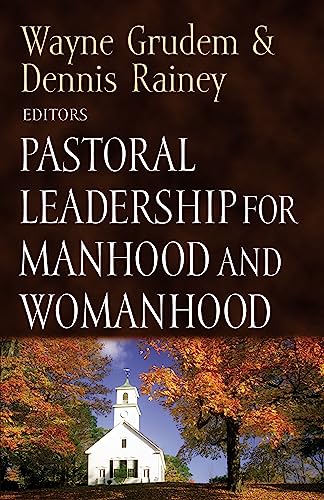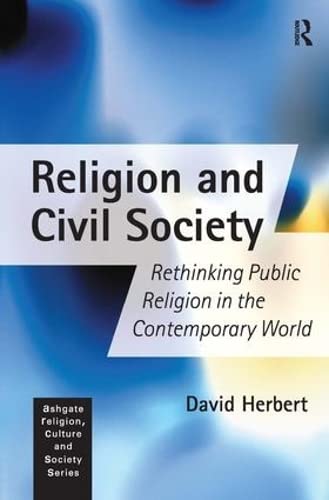THE USE OF THE SEPTUAGINT IN NEW TESTAMENT RESEARCH
Written by R. Timothy McLay Reviewed By Kenneth D. LitwakThis book seeks to help readers move beyond an acknowledgement of the use of the Greek Jewish Scriptures (OG = ‘Old Greek’/LXX = ‘Septuagint’) by the NT writers and gain a better understanding of the significance of NT writers quoting from a Greek translation of the Hebrew text. According to McLay, scholars in general pay much too little attention to either text-critical or theological issues raised by the use of the OG/LXX.
McLay argues first that the NT writers do in fact quote from the Septuagint, illustrating this by the citation of Amos 9:11–12 in Acts 15. The ensuing chapters discuss translation technique for the OG/LXX, the origins and early history of the Septuagint and significance of the use of the Greek Jewish Scriptures by the NT writers for their theology. McLay models caution in his judgements, and raises many helpful, if difficult to answer, questions.
While the book provides many valuable observations, it has significant shortcomings as well. It is too short to do the job, and since McLay says it has not been done before, where is one to go next? Greek and Hebrew are often translated, but readers competent in biblical languages will find it much easier to follow the argument. Finally, readers unfamiliar with Septuagintal studies will benefit from reading about the Septuagint itself first, in works such as those by Jellicoe, McMCarter, Tov or Jobes and Silva.
Kenneth D. Litwak
Kenneth D. Litwak
Gateway Seminary
Ontario, California, USA







